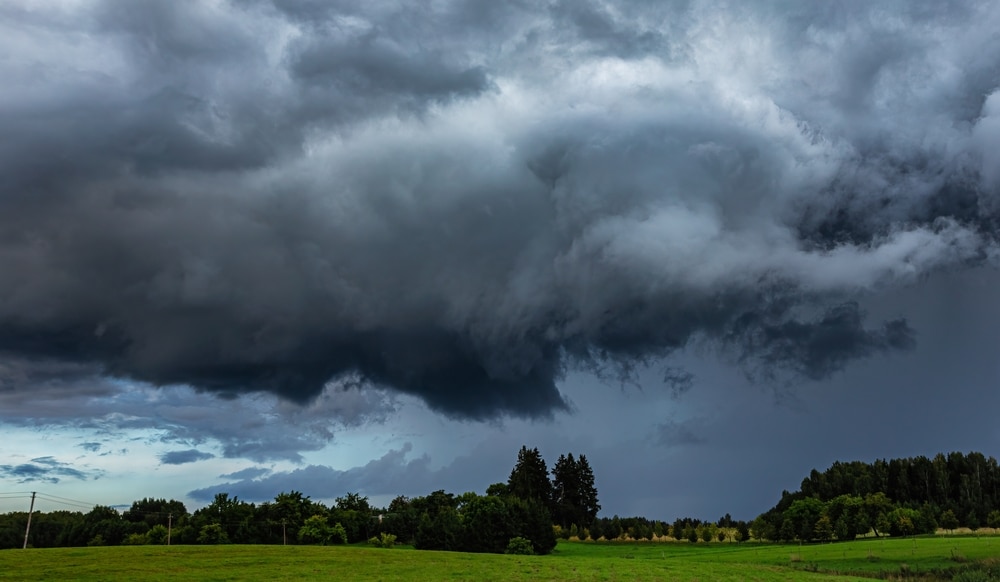The arrival of meteorological spring on March 1 also marked the opening chapter of severe weather season across the central United States, a season that AccuWeather predicts could spin up a higher number of twisters and life-threatening storms than what has unfolded in recent years.
Last year was turbulent in terms of severe weather. The 2021 severe weather season was strong right out of the gate with multiple outbreaks across the South in March.
This was followed up by an unusually quiet April and then another active period once the calendar turned to May. The year was capped off with a “ridiculously active” December with a tornado outbreak on Dec. 10-11, which caused more than 90 fatalities, and then a rare and destructive derecho on Dec. 15.
Severe thunderstorms and tornadoes can happen at any time of the year, but the ingredients for powerful storms and large twisters come together most frequently in the central U.S. during March, April, and May. This is why meteorologists consider these months to be severe weather season.
There have already been previews of the brewing severe weather season with thunderstorms and isolated tornadoes in the central and eastern U.S. on Feb. 17, Feb. 22-23, and March 5-6.
The outbreak on the first weekend of March turned deadly after an EF4 tornado tore through the Des Moines, Iowa, area destroying dozens of homes and leaving at least seven people dead. One of the key characteristics of the 2022 severe weather season is that the worst of the storms may hit areas located outside of the traditional Tornado Alley. FULL REPORT








